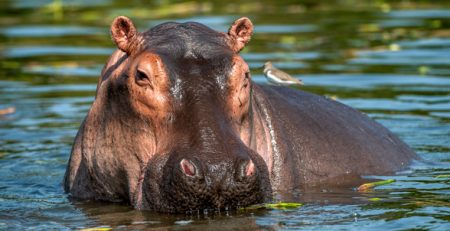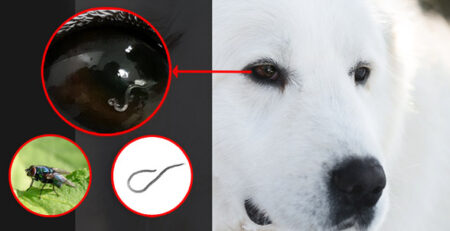Table of Contents
Cryptorchidism is the failure of one or both testicles to descend into the dog’s scrotal sac
Unfortunately, the problem is not solely cosmetic.
In fact, the retained testicle may go into twisting and has a high chance of turning into a malignant neoplasm i.e., tumor.
What are the causes of cryptorchidism?
The causes of cryptorchidism in dogs are essentially genetic, and it is a fairly common abnormality.
The probability for a puppy to suffer from cryptorchidism, is four times higher if either father or sibling suffers from it.
Therefore, because it is a hereditary disease, it is preferable that cryptorchid dogs do not breed.
An estimated 150 out of 1000 male dogs suffer from it, and the most affected are small dogs.
Are there predisposed breeds?
Statistically there are breeds more prone to develop this anomaly.
In particular, Yorkies, Dachshunds, Poodles, Boxers, Maltese, Schnauzers, and Pekingese.
What is the normal process of testicular formation and lowering in male dogs?
The formation and lowering of testicles in male puppies of dogs starts from gestation.
At an early stage, the testes are located in the lower abdominal region where they remain until birth.
About 10 days after the pup is born, the testicles descend to the inguinal canal.
When the pup turns 15 days old, the testes reach their final destination that is the scrotal sac.
This process is unfortunately by no means always a given
In some individuals it can take up to 12 weeks to complete or even longer.
Therefore, the veterinarian waits until six months of age to issue a definitive and confident diagnosis and to determine, above all, what type of cryptorchidism it is.
There are different types of cryptorchidism
We can identify four types:
- Unilateral: when only one of the testicles has reached the correct position, inside the scrotum
- Bilateral: neither testicle has reached the scrotal sac
- Inguinal: if the testicles cannot pass the inguinal canal, located on either side of the penis
- Abdominal: the testicles have not left the area where they were formed
Whatever type of cryptorchidism the puppy has, it is most likely to manifest severe and dangerous symptoms in adulthood.
What are the consequences for dogs with cryptorchidism?
With advancing age, dogs can go through cancerous forms due mainly to the abnormal temperature to which the testicles within the abdominal cavity are subjected.
When there is a tumor, changes are evident both physically and in the affected dog’s behavior:
- Dramatic decrease in penis size
- Development of mammary glands, as if they were pregnant females
- Feminization syndrome (dog behaves like a female, for example, when urinating)
In addition, the wrong position of the testicle can cause an acute abdomen syndrome to be operated on urgently as it can twist on itself and create very high pain.
Therefore, it is very important in the case of cryptorchid dogs or cats to intervene as soon as possible.
How does the veterinarian intervene?
Therapy is exclusively surgical and consists of removal of both testicles as repositioning of the retained one is usually not feasible.
Testicular removal can be performed by the minimally invasive technique of laparoscopy.
Laparoscopy is a highly specialized surgical method that allows for a very short postoperative course precisely because of the minimal size of the wounds that are made during surgery.
We also remind you that in case of need and urgency Clinica La Veterinaria is always open h24 every day including holidays and with First Aid service from 8 pm to 8 am.
For the joy of seeing them HAPPY











